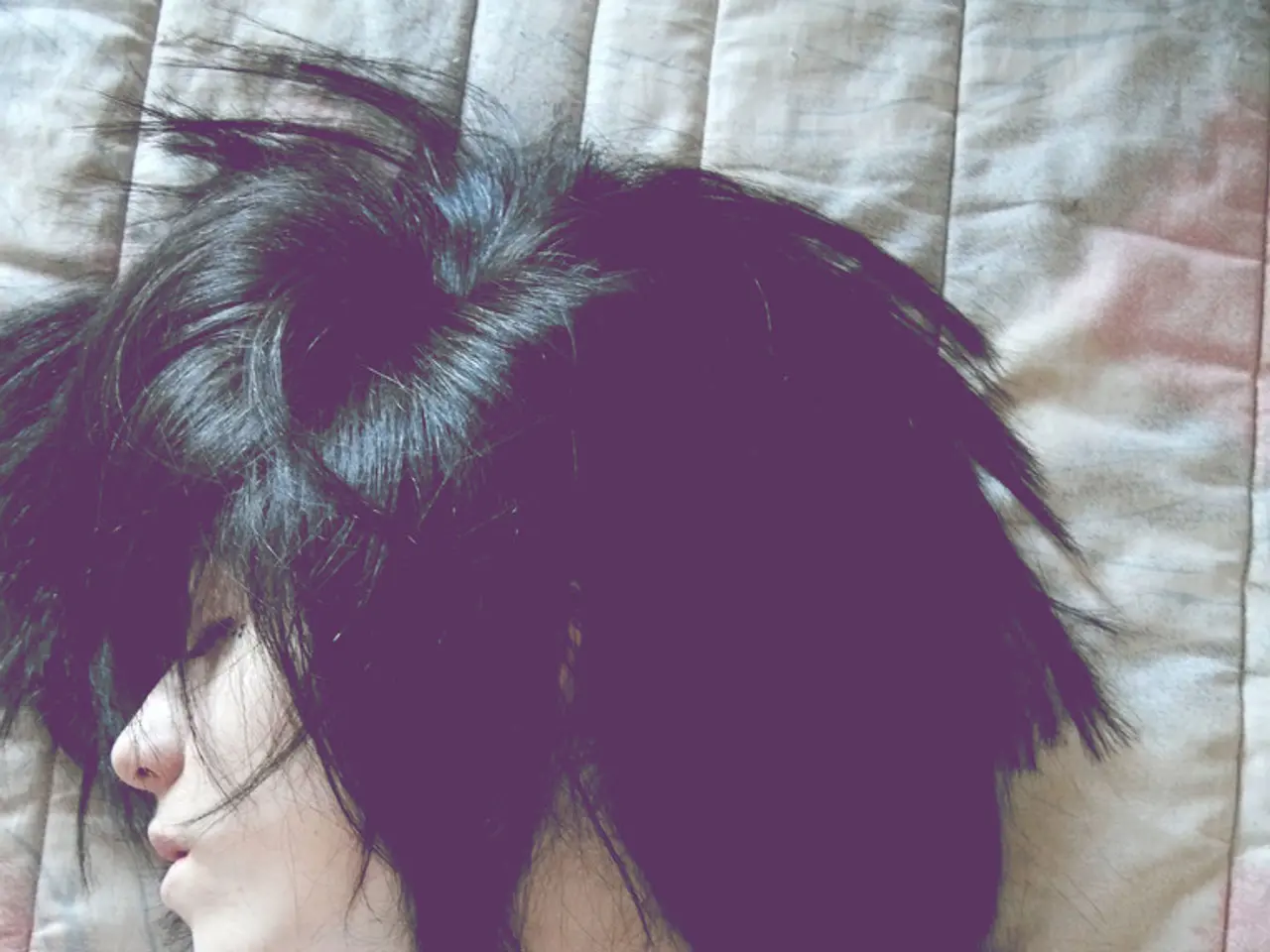Strategies for Sunbathing Safely: 9 Methods to Reduce Potential Hazards
In the pursuit of a sun-kissed glow, it's essential to prioritize skin health. The Skin Cancer Foundation strongly advises against the use of tanning beds due to their harmful effects on the skin. Instead, consider these practices for a safe and effective outdoor tan.
Check the UV Index
Avoid sun exposure during peak UV hours, typically between 10 a.m. and 2 p.m., when the sun's rays are strongest. By being mindful of the UV index, you can protect your skin from unnecessary damage.
Apply Sunscreen
Apply a broad-spectrum sunscreen with an SPF of 30 or higher generously on all exposed skin at least 15 minutes before going outside. Reapply every 2 hours or after swimming or sweating to maintain protection.
Seek Shade
Limit direct sun exposure by seeking shade during peak hours and use umbrellas or natural cover when outdoors. This simple step can make a significant difference in protecting your skin from harmful UV rays.
Wear Protective Clothing
Opt for protective clothing such as lightweight long-sleeved shirts, long trousers or dresses, wide-brimmed hats, and UV-blocking sunglasses. Clothing with UPF offers enhanced UV defense.
Rotate Positions
Rotate positions while tanning to achieve an even tan and reduce prolonged exposure on any one area, which helps lower burn risk.
Moisturize
Moisturize the skin during and after tanning to maintain hydration and support skin repair. This simple step can improve tan longevity and skin health.
Avoid Tanning Beds
Tanning beds emit intense UV radiation that significantly increases skin cancer risk and accelerates skin aging. It's best to avoid them altogether.
Consider Alternatives
If you want a tan without UV exposure, consider alternatives like self-tanning products. Remember, any UV tanning indicates skin damage.
Be Aware of Fake Tan Risks
While fake tanning may have fewer risks than tanning beds or sunbathing, it can increase the chances of sunburn if someone becomes exposed to sunlight within 24 hours of application. Fake tan products contain the compound dihydroxyacetone (DHA), which temporarily stains the skin brown.
State Laws and Teenagers
Many states have introduced laws prohibiting teenagers from using tanning beds, recognizing their potential harm. It's also worth noting that tanning beds can be addictive, particularly among teenagers.
By following these guidelines, you can balance your tanning goals with skin health, minimizing sunburn and long-term damage while enjoying outdoor tanning safely.
Maintaining your health and wellness involves considering more than just skin care. Chronic conditions such as diabetes, asthma, obesity, depression, HIV, and macular degeneration also require attention. The science behind our health reveals that harmful UV rays from tanning beds can lead to skin cancer and premature aging, which is why health agencies strongly advise against their use.
Preventing skin damage is crucial in reducing the risk of skin cancer. Analyzing the UV index and avoiding sun exposure during peak hours aids in this protection. Additionally, wearing protective clothing and applying a broad-spectrum sunscreen with an SPF of 30 or more can create a physical barrier against harmful rays.
While pursuing an outdoor tan, consider seeking shade and rotating tanning positions to minimize exposure. Moisturizing both before and after tanning can maintain skin hydration, support repair, and improve tan longevity.
Remember that tanning beds should be avoided as they expose skin to intense UV radiation, increasing the risk of cancer and accelerating skin aging. If you desire a tan without UV exposure, consider using self-tanning products. Keep in mind that fake tan can increase the risk of sunburn if sunlight is exposed within 24 hours of application.
Furthermore, be mindful of state laws concerning the use of tanning beds by teenagers, as many states have introduced restrictions due to the recognized potential harm. Tanning bed addiction, particularly among teenagers, is a real concern that we must address.
In summary, by adopting responsible tanning practices and prioritizing skin health, you can enjoy a safe and effective outdoor tan, minimize sunburn and long-term damage, and maintain the overall health and wellbeing of your skin.




